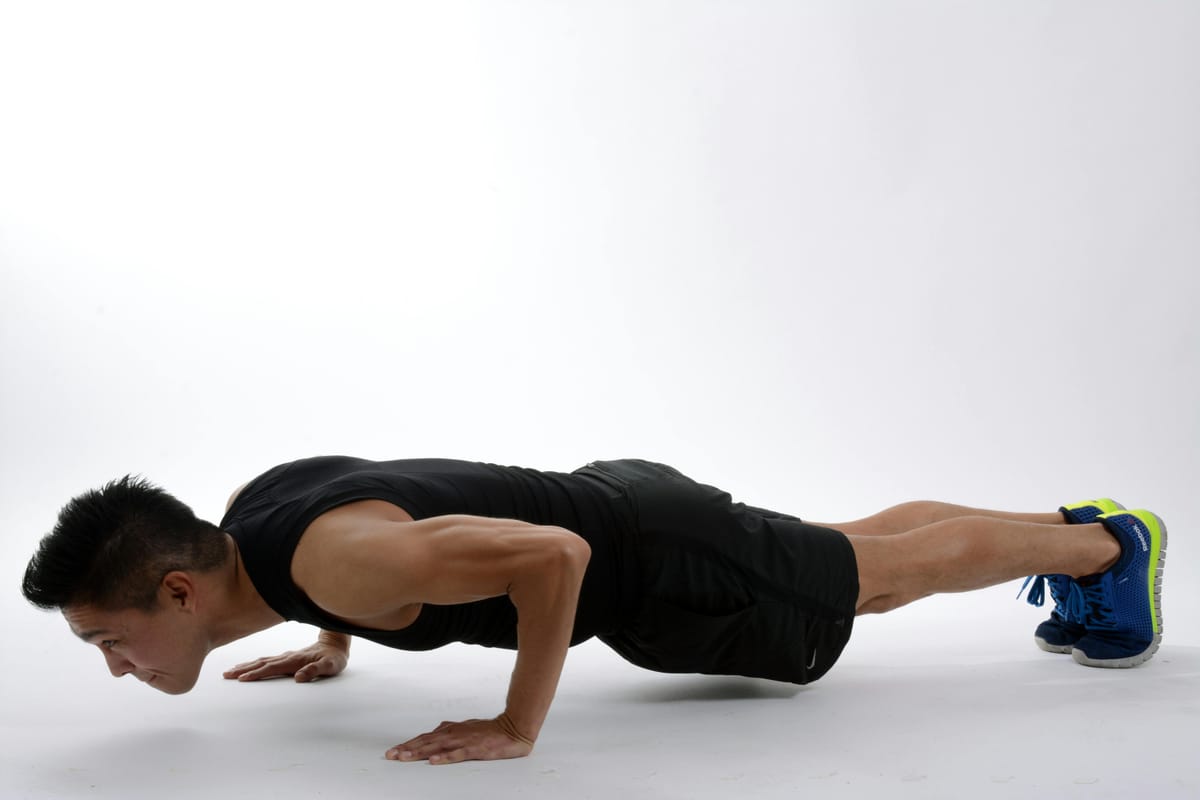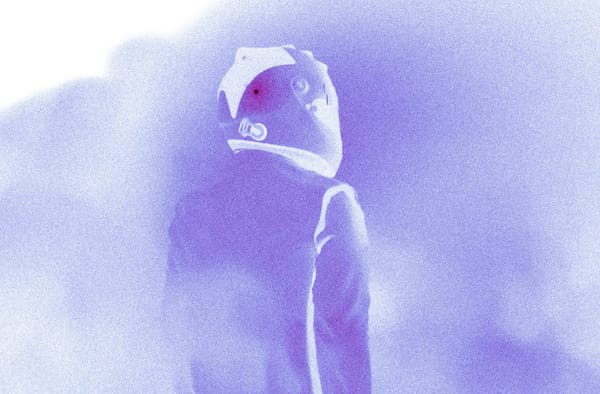Rating of Perceived Effort

Have you ever seen a survey asking you for the rate of perceived exertion? After a workout, perhaps?
Have you ever wondered why? What possible benefit could accrue from a self-assessment of how hard your exercise routine was?
The answer may surprise you.
For those who are not aware, the RPE, or rate of perceived exhaustion, is a self-assessment of what it felt like when you did something physical.
Depending on who is asking, the survey may range from a scale of five to ten. Your self-assessment is surprisingly effective at determining whether you are exercising correctly.
The question's context is important.
On any given day, your ability to do something physical can vary significantly. Sleep, stress, and nutrition, for example, all have an impact.
As a result, the same walk can feel different depending on other factors. So, what was your assessment of the perceived effort?
Your answer should, ideally, always be stressful, but not too much.
My Garmin watch, for example, asks me on a scale of 1–10, with 1 being very easy and 10 being very difficult.
My goal would then be to reach a score of 4-5. It was challenging, but not to the extent of straining my body.
Here is why this is important.
Unless you are competing for a championship, you do not want to be exercising on a regular basis at levels that you would rate as extremely difficult. A rating of 10, in my case.
I have said this before, but at the cost of repeating, capacity is something you build up with time and consistency. It's not something you can put on your latest gear and jump into no matter what people may say on social media.
So a self-assessment is a good way of knowing whether your effort is just enogh.
Obviously, a more technical view would be better. But for most of us, that's not required.
Reach out to me on twitter @rbawri Instagram @riteshbawriofficial and YouTube at www.youtube.com/breatheagain






